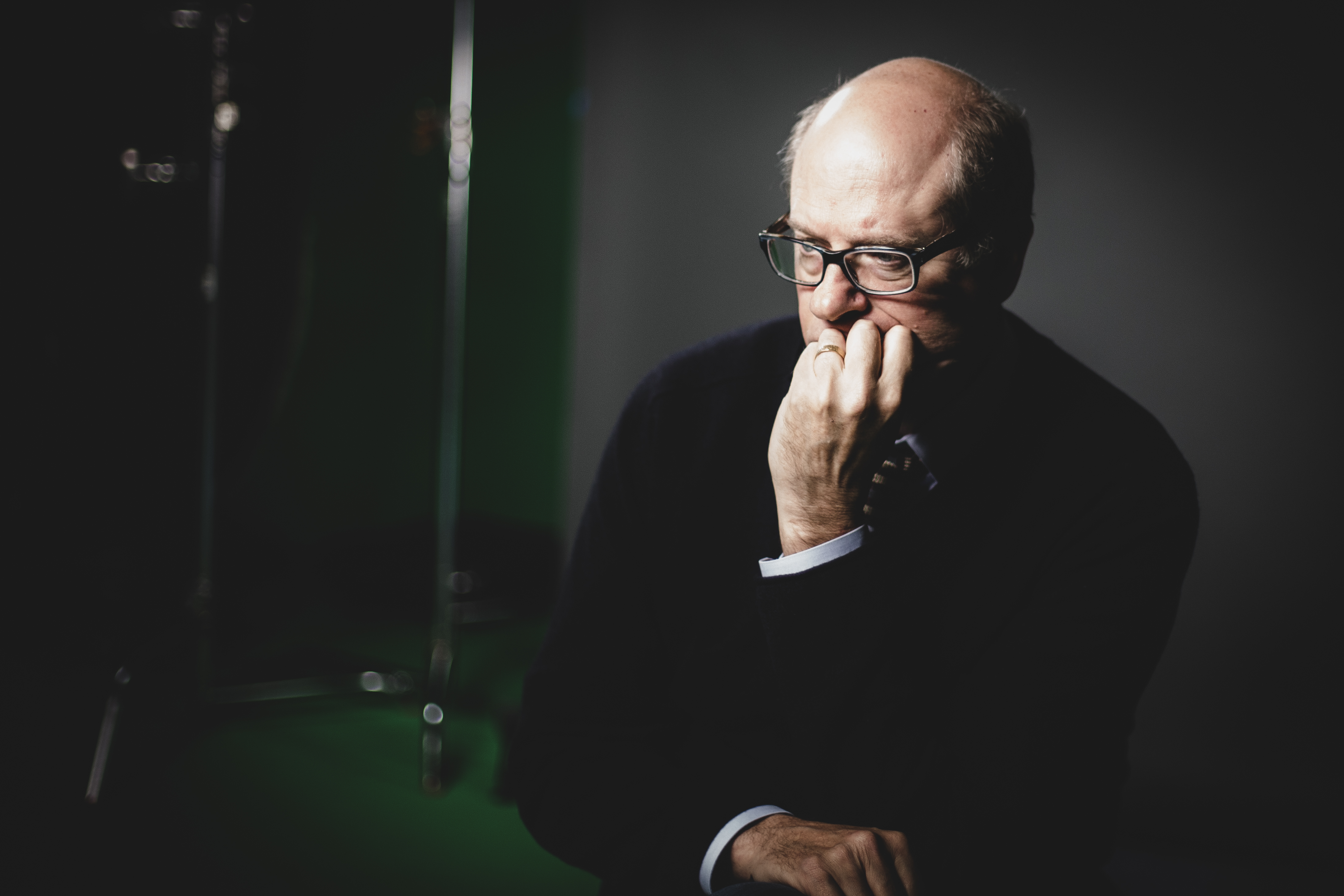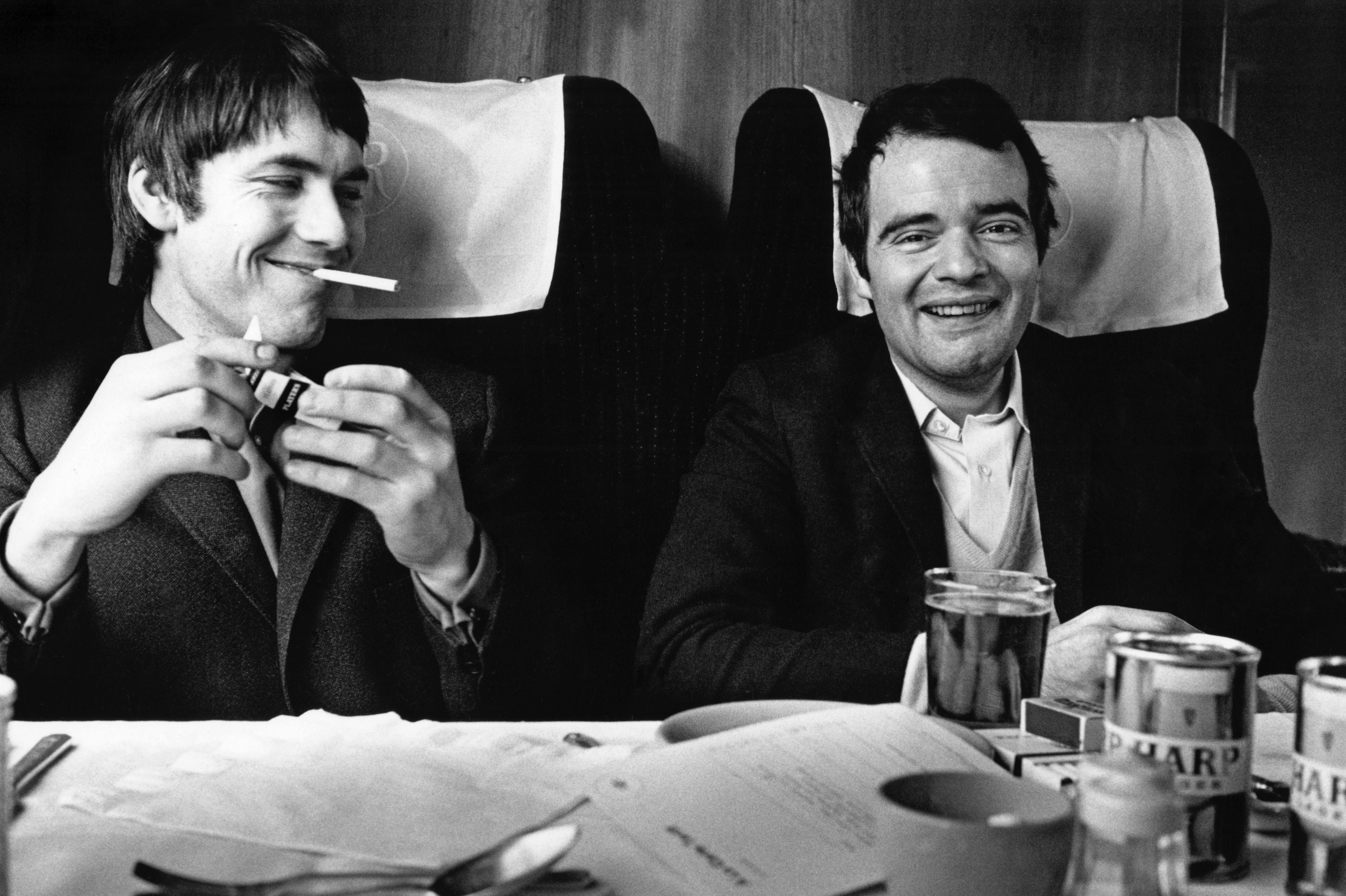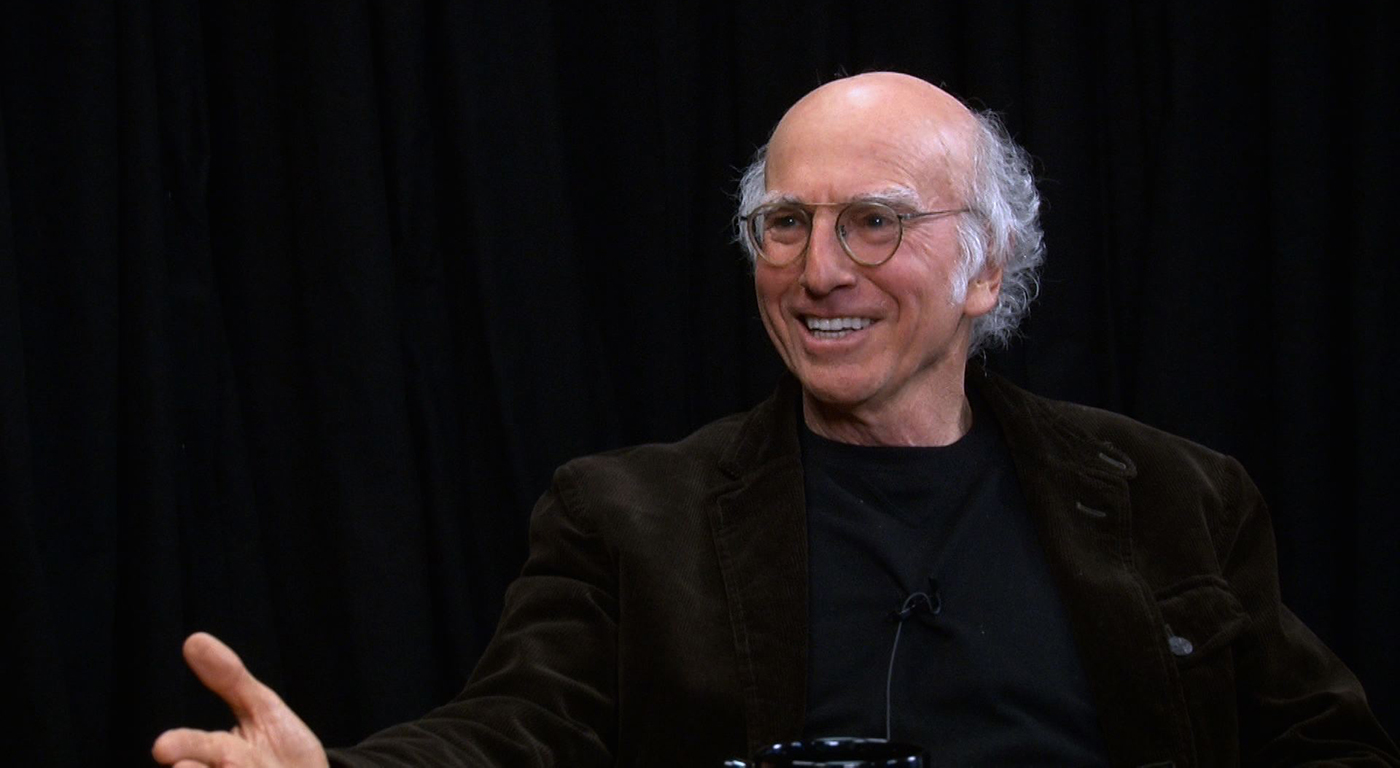During the last years of his life, Orson Welles paid for countless lunch meetings at his favorite Los Angeles restaurant Ma Maison, searching for money to fund any one of a number of projects. The few shaky deals he closed tended to fall apart before reaching production.
After Touch of Evil and the still largely unseen 1958 TV pilot The Fountain of Youth, Welles released a mere four features and one short film during the last 23 years of his life, all with European money. His last completed film, the essay-like 1979 documentary Filming Othello, was funded by German television. Americans did lunch with Welles, but they had stopped picking up the tab for his films.
“When I die, they’ll be picking over my creative bones,” predicted Welles a few years before his 1985 death, according to longtime friend Henry Jaglom in a 1998 Hollywood Reporter interview. “The films will suddenly get financing; the films will get restored. Old scripts that we couldn’t get financed, they’ll find the financing for some kid to direct. There will be biographies of me and documentaries. It’s just lamentable.”
Fourteen years later his predictions have come true with a vengeance. The Cradle Will Rock and The Big Brass Ring, two scripts Welles couldn’t fund in his lifetime, are currently in production with name casts under Young Turk directors (Tim Robbins and George Hickenlooper, respectively). Ridley Scott is preparing RKO 281, a drama for HBO about the making of Citizen Kane based on the Oscar-nominated 1997 documentary The Battle over Citizen Kane. Meanwhile, David Fincher is flirting with Mank, a biography of Kane by co-screenwriter Herman J. Mankeiwicz.
More tellingly, 1998 was witness to two major Orson Welles events. First, Rick Schmidlin produced a re-edit of Touch of Evil (based on instructions Welles sent to Universal in a 48-page memo), which opened to critical acclaim. Then the American Film Institute “officially” ranked Citizen Kane no. 1 in the much-ballyhooed “Top 100 American Films of All Time” list, inspiring the film’s second theatrical revival in less than 10 years. For a few glorious weeks two Welles films played in general release concurrently in cities across the country—a feat never managed during his lifetime. The boy genius turned tragic figure had to die first for his country to embrace his work.
Welles was the cinema’s most visible martyr: outsized talent and enormous ego rolled into the most unbankable director to knock on Hollywood’s door. Like royalty in exile, he held court over fine wine and rich food, entrancing guests with his booming voice and commanding presence, and occasionally playing the jester with his love of magic. Because of his Paul Masson commercials and frequent guest spots on Merv Griffin’s talk show, the American media couldn’t figure out if he was one of the greatest directors to peer through a viewfinder or a bitter Hollywood joke on a tragic Shakespearean fool.
Welles has long been an artist more talked about than whose works are actually seen. Homages to his work abound in the contemporary cinematic landscape (just look to the opening of Martin Scorsese’s Age of Innocence and the conclusion of Woody Allen’s Manhattan Murder Mystery, to name only two). “Rosebud” rings bells of recognition in a generation of media-savvy cinema pups who have never even seen Citizen Kane. His labyrinthine narratives and bravura visual style, once deemed too uncommercial for Hollywood, are now part of the pop-culture landscape in the age of Scorsese, the Coen brothers, and Quentin Tarantino. Today, the oblique moral worlds of Welles’ tarnished innocents and power-corrupted leaders have never been more contemporary.
The current revival finds its roots in the 50th-anniversary release of Citizen Kane in 1991, but the reclamation proper began with Beatrice Welles’ critically acclaimed restoration of Othello in 1992. The cinematic archeology continued with the 1993 documentary It’s All True: Based on a Film by Orson Welles, Vassili Silovic’s 1995 compilation Orson Welles: The One-Man Band, and 1997’s The Battle over Citizen Kane. In the print world, Simon Callow and David Thomson wrote new biographies about the master. Labors of love all, they kept attention on Welles, but the films drew little box-office.
And then came 1998: Touch of Evil brought in more than $2 million on an investment of $300,000, with video still to come. Welles is suddenly money, and everyone wants a piece of him. Also in the works are the long overdue completion of The Other Side of the Wind, perhaps his most famous unfinished film, and a restoration of his Shakespeare elegy Chimes at Midnight.
As we approach the 15th anniversary of Welles’ death we can herald the genius of this newly reclaimed artist and rebel from a safe, guilt-free distance. Orson Welles has never had a more commercial year—he just needed to be marketed properly.






